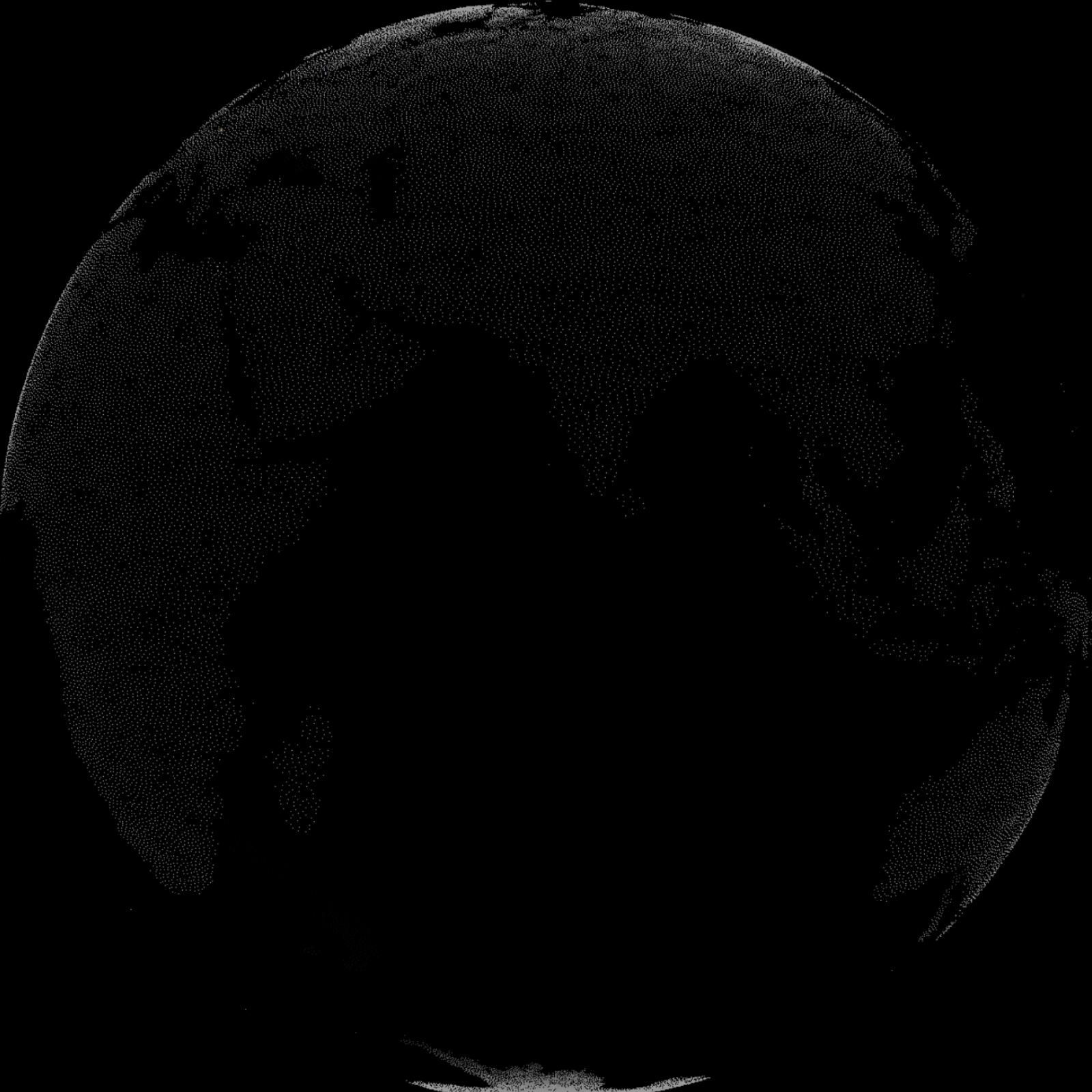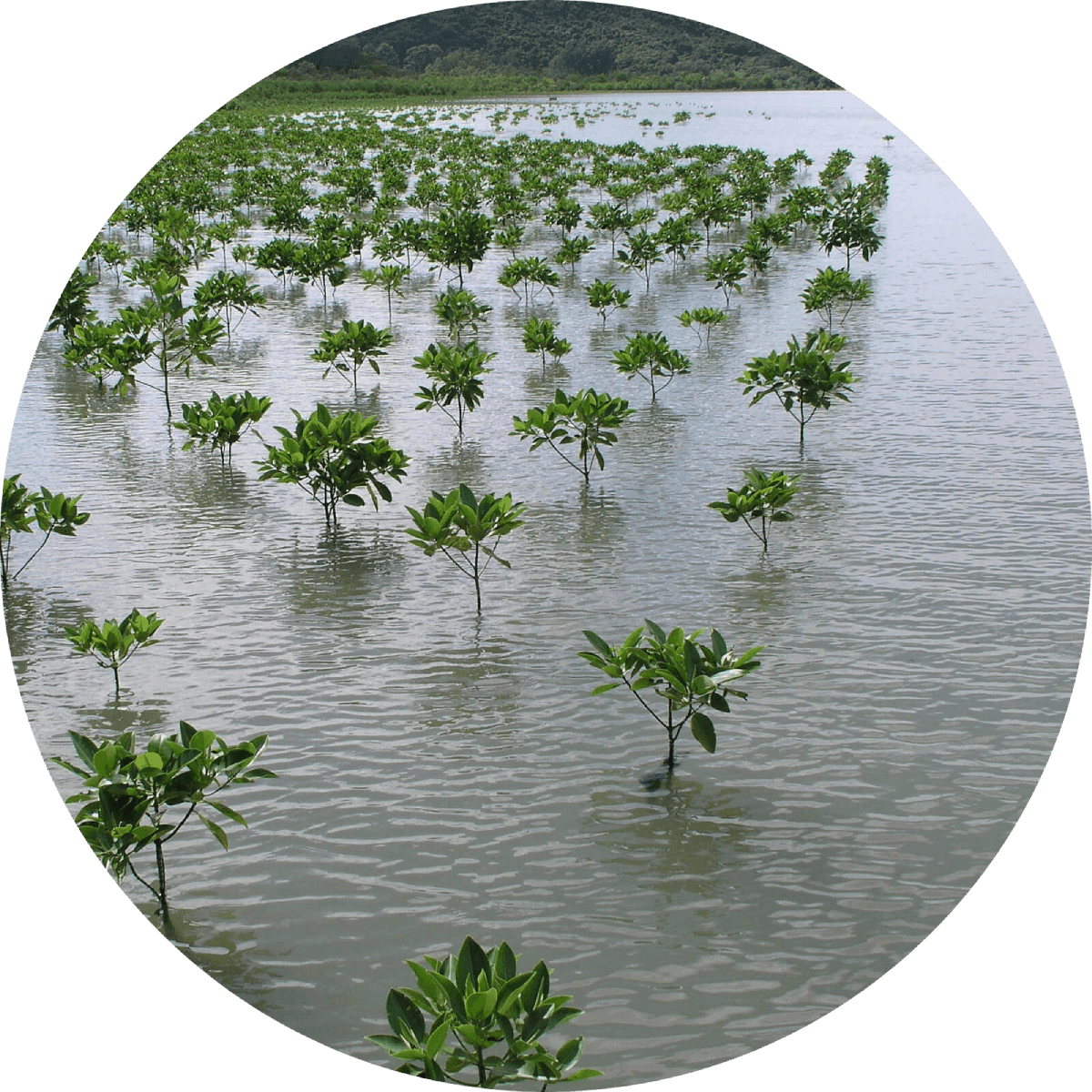“Indigenous people living in Brazil’s rainforest have welcomed a decision by the national environment agency to cancel a proposed mega-dam in the Amazon which they say would have displaced communities while opening the sensitive region to logging. Tribes will now be able to better protect the rainforest and continue living on the land because new roads and other infrastructure will not unlock the area’s pristine landscape for loggers, said Cacique Celso Tawe, a leader of the indigenous Munduruku Indians. His 12,000-strong community had been at the forefront of opposing the $9.4 billion Tapajós hydro-electric dam project, which would have flooded 376 square kilometers (145 square miles) of their ancestral land... ‘We want our Earth protected,’ he said.”
“It does not take long for visitors traveling through areas of Brazilian Amazonia such as the north of Mato Grosso or along the Transamazon Highway (BR-230), for example between the municipalities of Ruropolis and Altamira in the state of Para, to realize the economic importance of cattle herding in the region. Along the roads, there are vast ranches dotted with Zebu cattle where forests once stood. On many of these ranches a few trees serve as reminders of times when the whole area was covered in forest. Between the ranches, or in the far distance, patches of forest remain. One cannot help but wonder how long they will last. Or what the fate of local people will be.”
“The giant otter (Pteronura brasiliensis) is one of the largest South American carnivores... The historical otter hunts to supply the pelt trade eliminated many local populations of giant otter, and the species is now classified as endangered. Due to the ban on hunting and the conservationist efforts, giant otters are increasing in number in many parts of their range. This population recovery, however, has brought the giant otters into conflicts with local fishermen, who perceive them as competitors for fish stocks... This possible interference of giant otters in fisheries has, according to local fishermen, motivated the killing of some of the giant otters in the Reserve. This small-scale hunting can contribute significantly to the extinction of locally isolated populations that already face other threats, such as habitat degradation and water contamination.”
“Measuring 10 feet long and weighing in at more than 400 pounds, it’s hard to imagine that the arapaima, the largest fish in the Amazon River basin, could ever go missing. But these huge fish are quickly disappearing from Brazilian waterways, according to a new study. A recent survey of fishing communities in the state of Amazonas, Brazil, found that the arapaima is already extinct in some parts of the Amazon basin... [But] in communities that have implemented fishing rules, such as imposing a minimum capture size for arapaima and restricting the use of gill nets, the density of arapaima is 100 times higher than in places where no such rules exist.”
In May 2014, the Brazilian government, World Wildlife Fund and their partners an- nounced a $215 million fund to permanently protect 150 million acres of Amazon rainforest, an area three times the size of all U.S. national parks put together
“The Madeira River is the Amazon’s largest and most important tributary. Spanning about a quarter of the Brazilian Amazon, the Madeira Basin is a treasure trove of biodiversity, providing home to the spotted jaguar, giant otter, pink dolphin, and countless other endangered mammal species. The river teems with life – an estimated 750 fish species migrate some 4,500 km each year to spawn and feed in the nutrient-rich, muddy waters of the upper Madeira.” The Santo Antonio blocks the transport of sediment and the passage of fish and threatens the river’s unique biodiversity. The dam, along with three other power plants currently being built along the Madeira River despite environmental protests.
“The Brazilian government is building the world’s third largest hydroelectric dam on the Xingu River, a major Amazon tributary. Now over fifty percent complete,the Belo Monte Dam complex is designed to divert eighty percent of the Xingu River’s flow which will thus devastate an area of over 1,500 square kilometers of Brazilian rainforest and cause the forced displacement of up to 40,000 people... Belo Monte is the first in a planned network of mega-dam projects which will pose additional devastation to an already threatened region.” “There are several fish, including the acari, that are unique to the Volta Grande (Big Bend) where the hydropower plant is being constructed. Much of this aquatic life is dependent on the rise and fall of the river. Many species reproduce in flood water ponds that will disappear once the dam is built.”
The Qori Kalis Glacier drains the largest ice cap in the tropics, the Quelccaya. “The ice cap is receding at a rate of almost seven hundred feet per year, and the glacier is retreating at a proportionally alarming rate as well. The water from the Qori Kalis feeds into the Valcanota and thence into the Urubamba River, one of the main tributaries of the Amazon. It takes no great leap of the imagination to conjure up what the loss of this water would mean to the ecology of the Amazon and to the world’s oceans.”
“Renewed attention was drawn to the impact of cattle-herding on Amazonia with the publication of Greenpeace’s ‘Slaughtering the Amazon’ in June 2009. This report begins by describing some of the paradoxes of the administration of President Lula da Silva. Principally, it claims that his government publicly proclaimed a desire to protect the forest while also supporting those who were destroying it. For example, in July 2008, the government drafted the 2008/2009 Agricultural Livestock Plan, which made available US$41 billion in credit for agriculture and livestock production. Then, the very next month, it created the Amazon Fund, through which donors could make contributions to help stop deforestation in the region.”
“In 1984 Brazil was producing 672 million bushels of soybeans. In 2007, the output totaled over 2.2 billion bushels. Thus soybean production, with the attendant deforestation, is now considered by many ecologists to be a greater threat to the rain forest than cattle, logging, road-building, or mining. The land that supports these two [second being cattle ranching] giant agribusinesses was once covered by dense forests that had to be clear-cut and then burned to make way for pasture and cropland. And a resonant example of the unintended consequences that can result from environmental regulations is the disparity between the price of cleared land and that of forested land. It is cheaper to buy forested land and clear-cut and burn it than it is to buy already developed land. Thus deforestation continues apace, with clouds of smoke blotting out the sun over hundreds of square miles as the felled trees are reduced to ash.”
“In December 2006, another vast swath of rain forest, almost sixty thousand square miles, was set aside as a preserve in Amapa State, in the Guyana Shield region in the north—with over a third of the land limited to scientific research and the general public barred.”
Brazil establishes Tumucumaque National Park, the world’s largest tropical forest reserve at over 14 million km2.
“Responding to criticism both within Brazil and abroad over an intense cycle of deforestation in the early 2000s, the Lula de Silva administration took steps to protect Amazonia. It devised new plans, such as [the]...Plan for Control and Prevention of Amazonian Deforestation in 2003 and the...Sustainable Amazon Plan in 2008. Furthermore, it pushed forward with existing plans, such as the...National Plan of Protected Areas. In addition to these plans, which were specifically designed to combat deforestation in Amazonia, the government created the....National Plan for Climate Change in 2008, which strategizes Brazil’s contribution to the international effort to combat climate change and calls for an 80 percent reduction in the annual deforestation rate in Amazonia by 2020.”


Learn about Maya Lin’s fifth and final memorial: a multi-platform science based artwork that presents an ecological history of our world - past, present, and future.

Discover ecological histories and stories of former abundance, loss, and recovery on the map of memory.

Learn how we can reduce our emissions and protect and restore species and habitats – around the world.

See how art can help us rethink the problems we face, and give us hope that each one of us can make a difference.

Help make a global memorial something personal and close to home. Share your stories of the natural world.